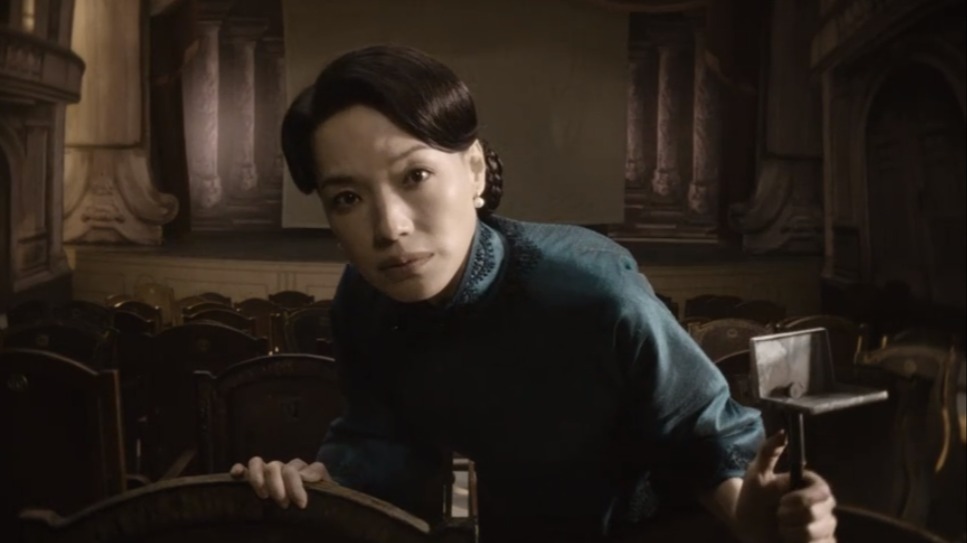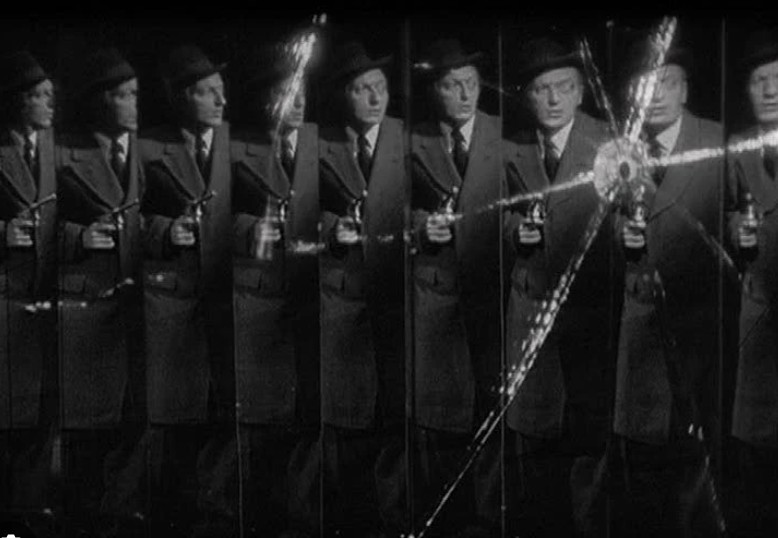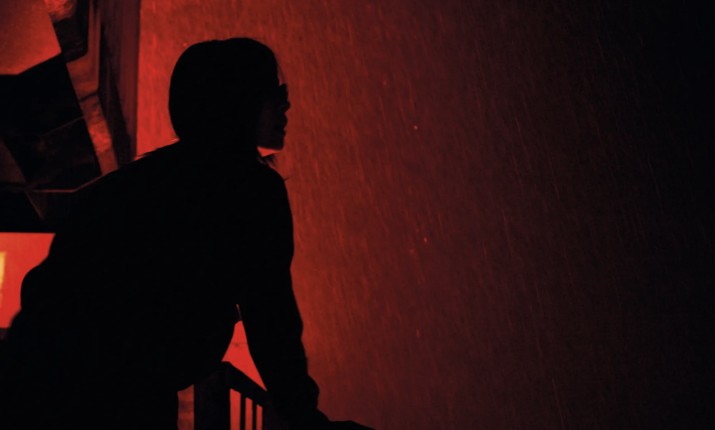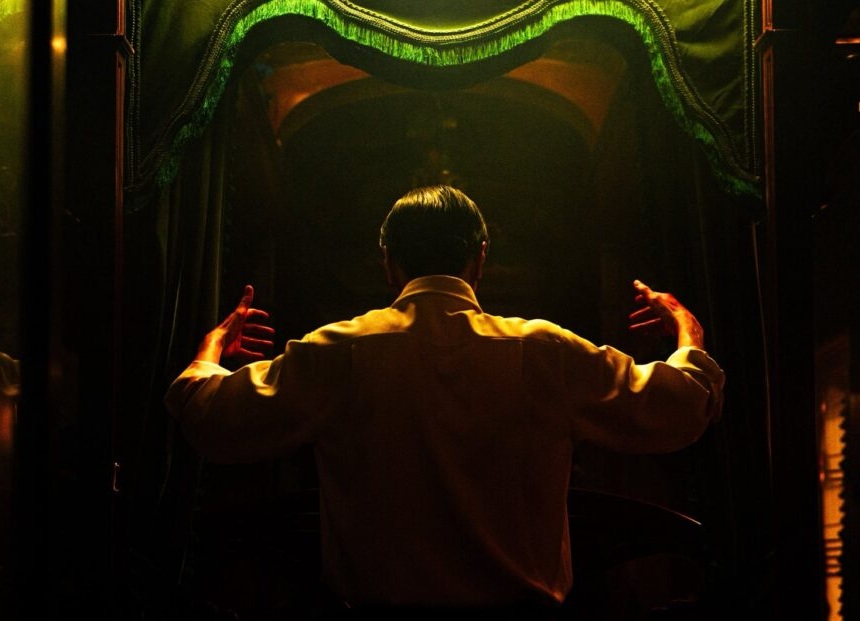Ah yes, I’m the type of madlad who catches Bi Gan’s Resurrection in both its world premiere and its North American premiere. On May 23rd, I had the pleasure to enjoy Resurrection after 7 hours of lining up outside the Grand Theatre Lumiere, and all that time and effort of queuing went to me dozing off occasionally and an unexpected nosebleed halfway through the film. I was wide awake during the long take and was completely aware during the standing ovation, but as I walked down the staircase and left the theatre, I felt as though I just had the most overwhelming fever dream and couldn’t decipher the film, and even more so couldn’t decipher whether I actually enjoyed the film or not. After all, this was my most anticipated film of the festival. The next morning, as I went through the film reviews on LA Times, New York Times, IndieWire, etc, it appears that not a single film critic understood what happened, and no one on Letterboxd seemed to have a clue either. For a festival that is mostly filled with slow-burning, contemplative, quaint dramas, Resurrection felt like a slap in the face. Something so brazen, so bold, so bombastic. I immediately searched for anchoring references: Inland Empire, Holy Motors, etc. But that did not help. On the last day of the festival, I attempted to rewatch Resurrection but by the time I have rushed to Salle Buñuel, the doors were closed. So I clutched my pearls and patiently awaited my next possible chance to see the film, and alas, BeyondFest.
To my surprise, my impressions of the film remain pretty much the same after a rewatch. I was right up in front of the screen, and was wide awake during every second, gracing the screen with my eyes, even picking up easter eggs. And the film more or less resembles what I think it is, but now I am accepting the fact that this is indeed an omnibus film – or an anthology film, something like Lanthimos’ Kinds of Kindness, but the more apt comparison would be Kurosawa’s Dreams but I unfortunately haven’t seen that. Bi Gan originally worked on a script about murder until the pandemic had hit and he realized he wanted to make something more uplifting. It is nearly impossible to not surgically dissect Bi Gan’s works but it is important to note the context of the film. And it has been years since his first two features: Kaili Blues and Long Day’s Journey Into Night, where both films almost act as sister films since the former is a water-test for the more artistically bold latter film. But both films are essentially portraits of a character or a small village and the fragmented, disorienting, surreal first half is resolved by a mega-long take that ties everything back together in a nice ribbon, kind of like imbuing magical realism onto an otherwise slice-of-life film. But I think these long takes have always been like the gameplay of the film after an hour of tutorial. This structure is completely smashed in Resurrection, I mean, Bi Gan eventually has to switch up. This is a 5-story-anthology with each segment dedicated to a specific period in film history and a specific human sense – the only paradigm we can work with, really. If anything, this is a continuation of his short A Short Story. What made this film feel so jarring is that Resurrection is wall-to-wall artifice, every scene feels like an extremely carefully staged moment and not a negotiation between the real and surreal in his past 2 films. This way, the film functions as less of a meditation on our perceptions of time and history, more so functions as a museum with 5 art pieces where the viewers are merely admirers. Not to discredit its power though, as each art piece here has its own beauty and charm. It’s funny how I immediately compared this to James Joyce’s Finnegan’s Wake, since this is nowhere near as avant-garde as that book, but I could see Bi Gan actually reaching that level some years down the line.
Part 1: Silent Film / Sight
This was my favorite part of the film the first time I saw it, but I think it’s given that it’s the part I remember the most vividly. Drawing from everything from Nosferatu to Vampyr to Metropolis to the Cabinet of Dr. Caligari, this part sets the stage for Shu Qi’s character to hunt down the ‘Fantasmer’ or now renamed ‘Deliriant’ played by Jackson Yee, a direct imitation of Count Orlok. That, and a reference to the Lumiere Brothers’ The Waterer Watered or the Sprinkler Sprinkled – the film itself also played during the long take! – this is easily the most decorated and elaborate set piece of the film. Basking in aesthetic chaos, the film grapples with itself by literally switching gears into part 2.


Part 2: Film Noir (~1930s) / Sound
Obviously, the invention of sound in film lends itself to this segment on sound. Ears injury, an obsessed musician who becomes infatuated with Jackson Yee’s voice, sounds of air raids and trains, the entire segment invokes film noir, the importance of sound, as well as 1930s Chinese history. The Lady From Shanghai gets a lovely reference but I think it’s the historical groundedness of this segment that makes it so fascinating on a 2nd watch, as this is Bi Gan’s rendition of the Sino-Japanese espionage subgenre akin to Lust, Caution. Well, minus the lust.

Part 3: Supernatural Folklore Cinema / 1960s / Taste
This segment is the part I slept through the most of during Cannes, and I only vaguely remember a man with a toothache and words being drawn in a well. Narratively, it is the most skeletal and unambitious, also the least complete story of the 5, but I still gained something out of it purely because this reminds me of 60s / 70s Shaw Brothers shenanigans like Chor Yuen’s The Magic Blade. Equal parts weird, equal parts goofy. Bi Gan’s uncle makes a triumphant return as ‘the Spirit of Bitterness’, with easily his best performance yet because he knew exactly what his acting was going for.
Part 4: Narrative Dramas / 1980s / Smell
The silliest and most inconsequential part turns out to be one of the most charming segments. Earlier, I thought the kid’s smelling ability was actually real (when you’re sleepy, you start dreaming up parts of the film), so I jokingly mentioned this is a better Renoir than Renoir, but in reality, it’s a buddy dramedy where a rugged Jackson Yee teams up with a kid to trick a mob boss into thinking the kid has supernatural smelling abilities. It ends on a surprisingly heartfelt note that I completely forgot on my first watch, which plays into Bi Gan’s (and also his influence David Lynch) strength, finding sympathy in the most bizarre moments.
Part 5: Experimental Cinema / 1999 / Touch (?)
I’ve always thought this part is taste since it involves a vampire and drinking blood, but I guess not. The blast of a firework at the side of a dock awoke me for the entire rest of the film. Now we have it: the long take. This is roughly 38 minutes long and is by far Bi Gan’s shortest and least technically impressive long take. My first watch finds this long take rather underwhelming, since his long takes have always been mantelpieces that tie everything in the film together into reason, in here, it feels extraneous. But really, we need to broaden our perceptions of what a Bi Gan oner should be, since this long take is more of an emotional piece if anything. There are no more flights, boat trips, or fire stunts, but a love story by 2 strangers on a mountain village, with Wang Jue playing a menacing mob boss. The karaoke scene is something we’ve seen already in Long Day’s, but this time around I feel moved by the love story. Bi Gan said he expected the audience to burst into tears during the scene but I think the segment didn’t have much of a catharsis because the characters and setting were never fleshed out, but there is just something so damn romantic about fleeing away with a stranger on the night that is presumably the last night in the world, running away from a mob boss and finding love in the midst of all chaos.

Conclusion
The ending feels like it’s trying really hard to force things into a full circle with Shu Qi returning. The final image of the film is a movie theatre with wax figures walking into it and enjoying the film. What I notice this time, however, is that these figures are actually the cast of all of the previous segments, or at least that is my theory. There is something so heartwarming and moving about a cast and crew enjoying their own accomplishment after a film is done, and such is the ultimate love message to cinema. And yes, this film is best enjoyed twice or more. For something so dense and overwhelming, I don’t think anyone should only see it once. Despite its lack of throughline and its teetering towards playful anthology and less big-message, it is commendable for Bi Gan to do something so brazen and big. Perhaps watching this film half-asleep is the best way to enjoy it since we get to dream up all the connections between the segments that aren’t really there.


